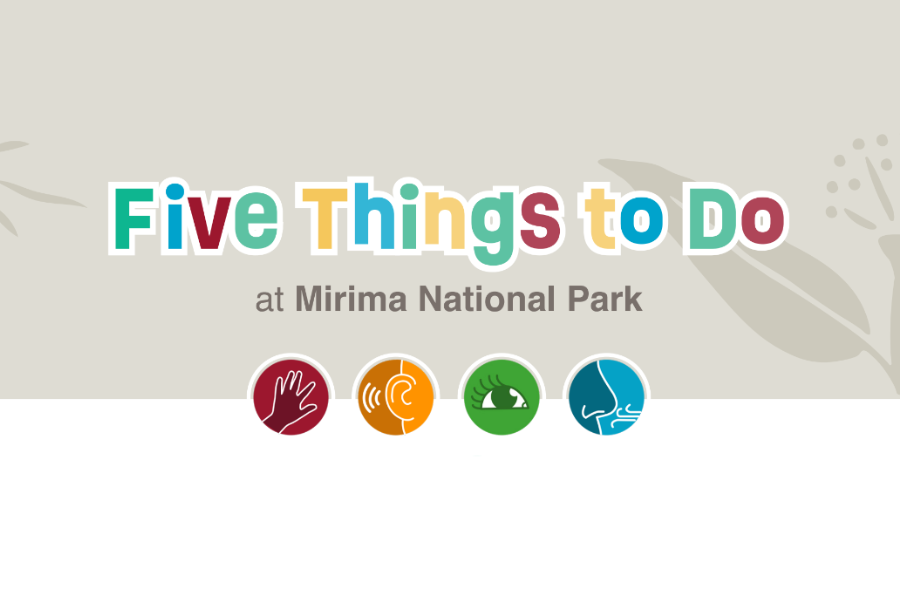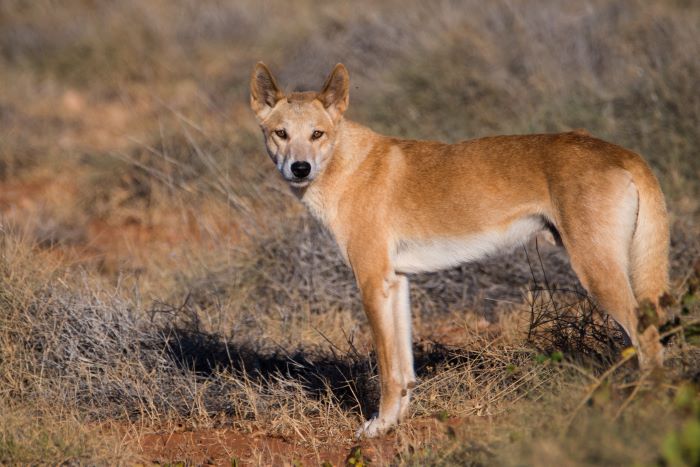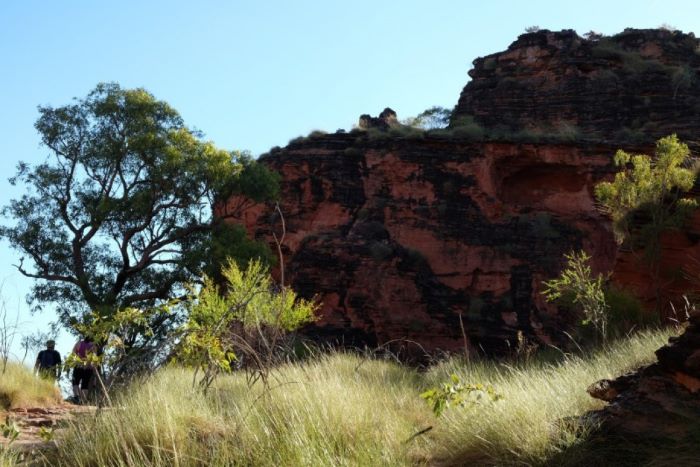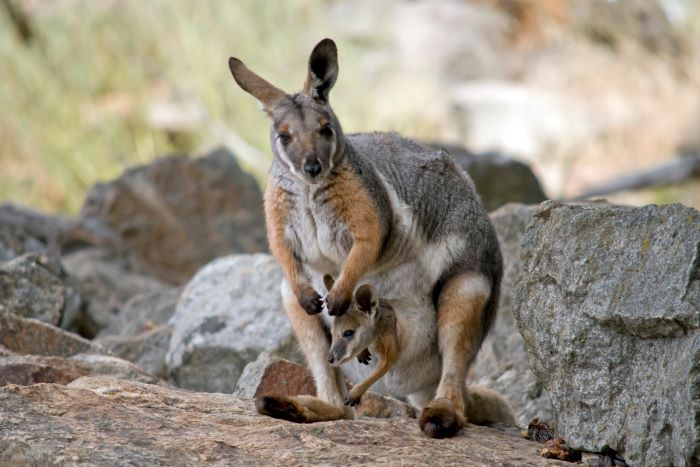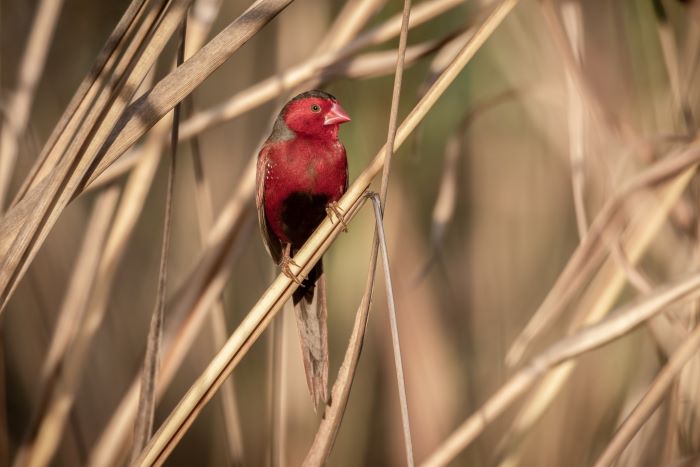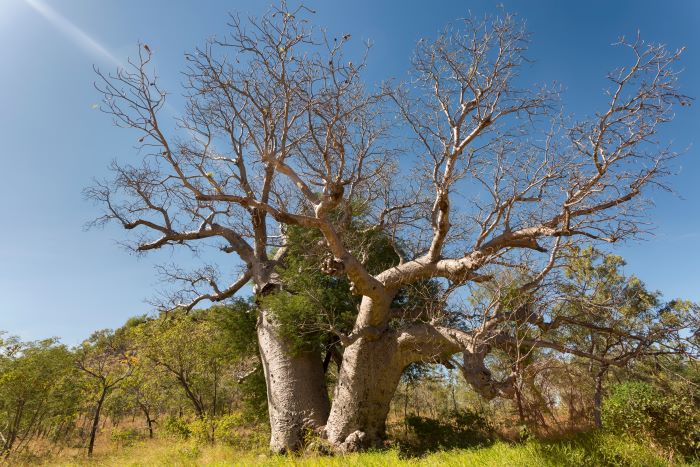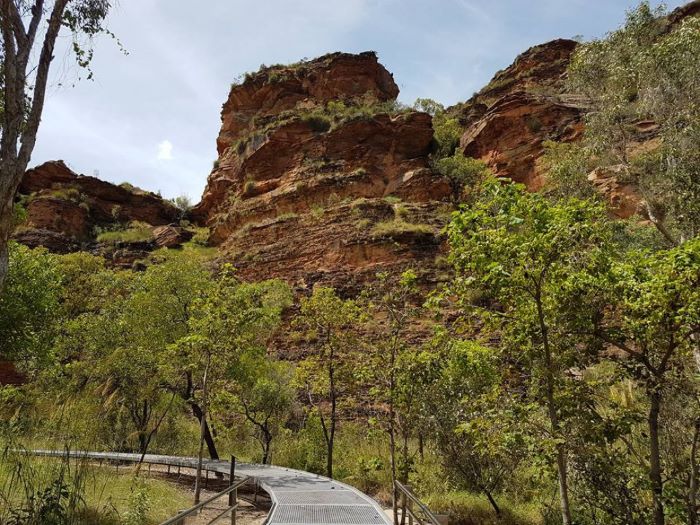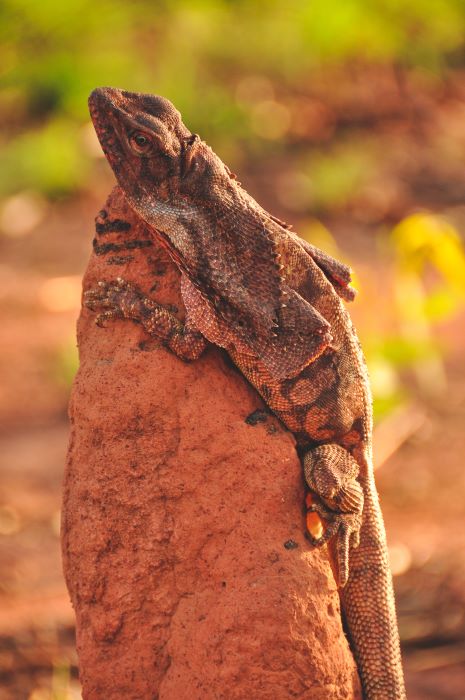Mirima National Park
If you’re staying in or passing through Kununurra, make sure you explore Mirima National Park!
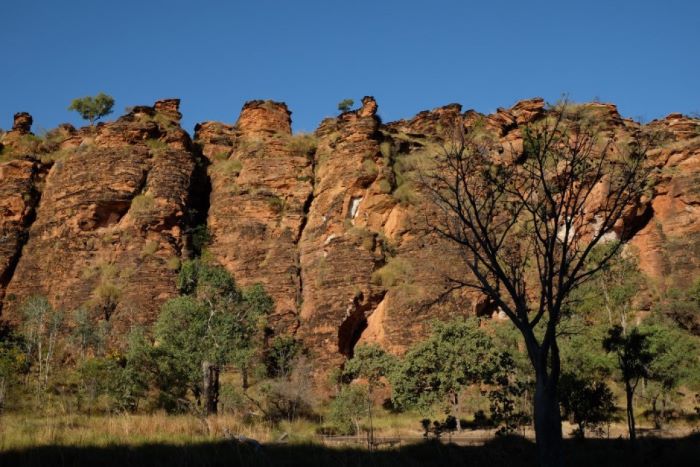
Cultural Recognition
We recognise and acknowledge Miriwoong Gajerrong people as the traditional owners of Mirima National Park.
Overview of Mirima National Park
Kununurra is located almost 3000 kilometres north-east of Perth. It’s a great place to stop if you are exploring the Kimberley region, and Mirima National Park is just a five (5) minute drive from the town’s Visitor Centre.
Mirima National Park’s main attractions are the remarkable ancient rock formations – the park is even sometimes referred to as “the mini Bungle Bungles” – and the beautiful walk trails.
The sandstone rocks here are around 300 million years old! Over time, the rocks have been shaped in spectacular ways – some tall and jagged, others flat and smooth.
Fees apply for entry into Mirima National Park, which contribute to park management, including protection of the environment and the development and maintenance of visitor services and facilities.
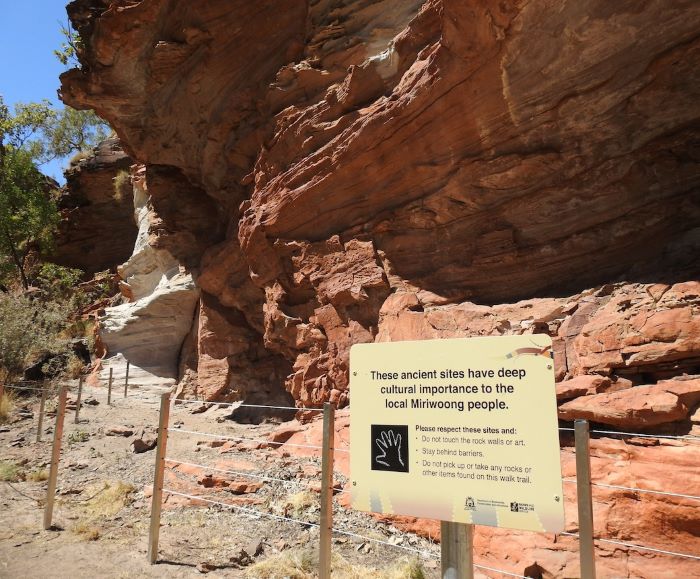
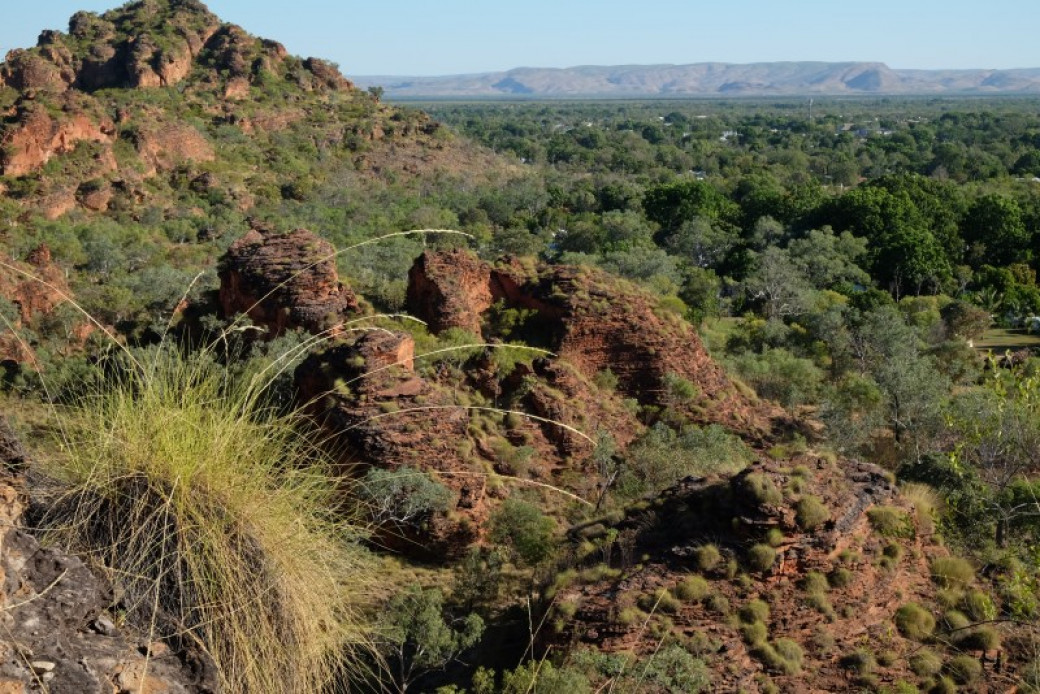
Cost of Entry*
Private vehicle with up to 12 occupants
- $17 per vehicle
- $10 per vehicle concession
Private vehicle with more than 12 occupants
- $8 per occupant 6 years or older
- $3.50 per occupant concession
Motorcycle
- $10 per motorbike
- No concession
No entry fee applies if you walk or cycle into the park.
*Prices accurate as of January 2024, refer to the Explore Parks WA website for up to date pricing.
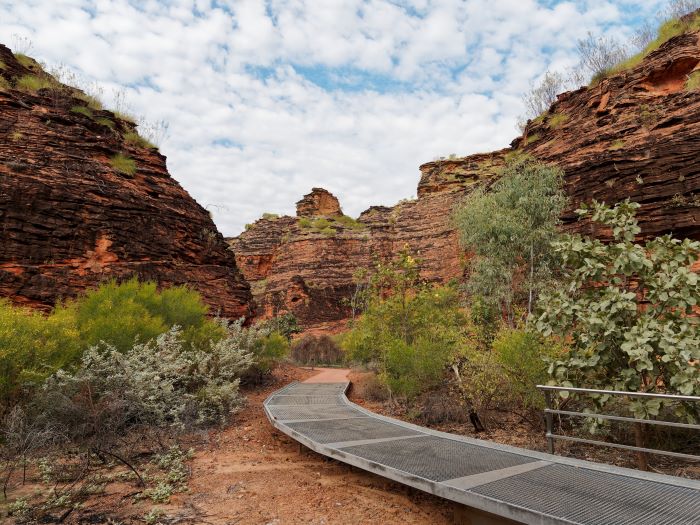
Nature Play Resources
Nature Play WA has created fun and interactive resources for Mirima National Park.
For more fun, interactive nature play activities for families that can be used wile exploring any location, check out our free, Every Kid in a Park resource library
Activities & Information
Acknowledgements
Nature Play WA would like to thank the Department of Biodiversity, Conservation and Attractions for providing valuable information about Mirima National Park.

